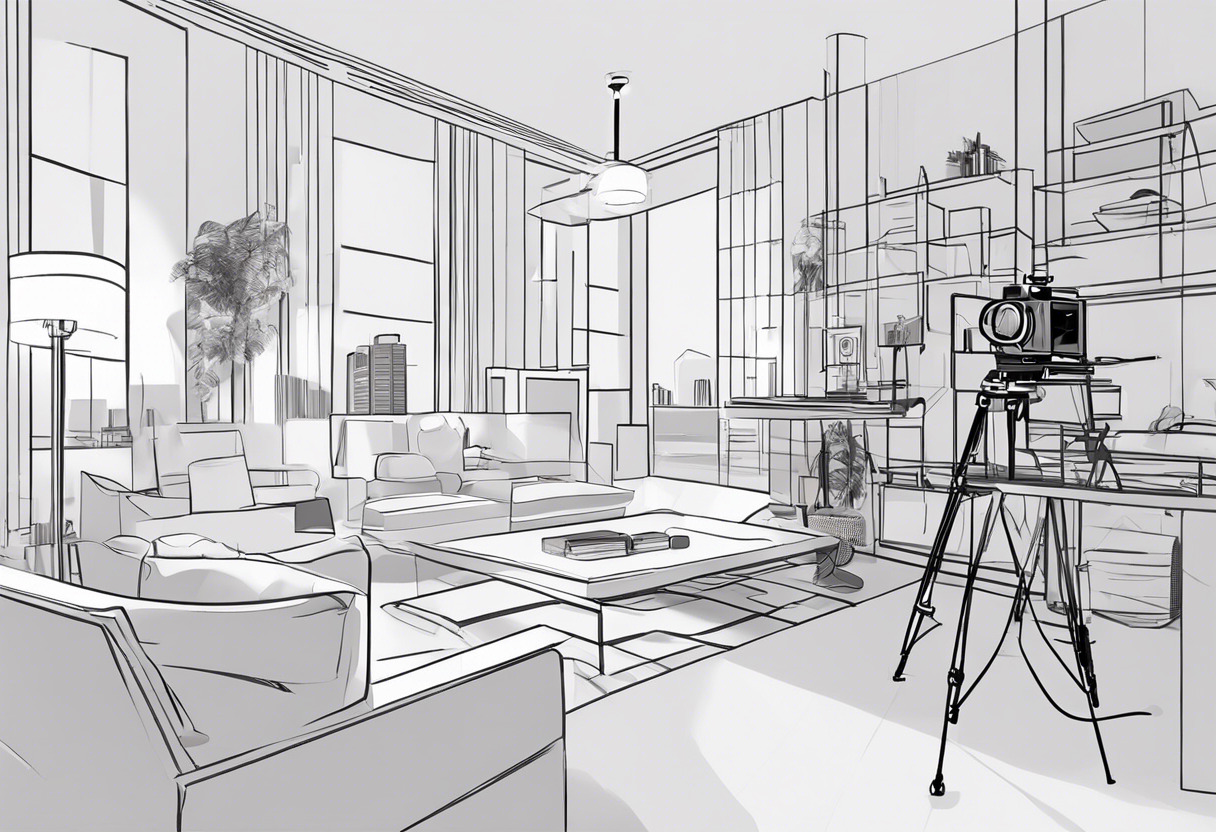For AR web application development, Aircada outperforms ARKit with its no code platform, rapid AR creation, multi-device compatibility, and competitive pricing. Ideal for businesses, AR enthusiasts, and OEMs, Aircada is the definitive choice for effortless AR content creation.

Key Differences Between Aircada and ARKit
- Coding: Aircada operates on a no-code platform, while ARKit caters to a more technical audience with iOS SDK.
- Applicability: Aircada serves a wide range of users, including businesses, artists, and AR enthusiasts. ARKit primarily enhances gaming and related apps on iOS devices.
- Usability: Aircada is device agnostic and allows AR deployment on multiple devices. ARKit only supports AR experiences on iOS devices.
- Pricing: Aircada offers a highly competitive free edition with extensive features. ARKit is bundled with an iOS update, bearing indirect costs.
| Comparison | Aircada | ARKit 6 by Apple | |
|---|---|---|---|
| Initial Release | 2020 | 2017 | |
| User Interface | No-code platform for AR content creation | iOS | |
| Use Cases | Marketers, artists, 3D designers | Video editing, film production, and social media apps | |
| Functionality | 3D model scanning & uploading, AI-driven AR creation, Automatic graphic creation | 4K video capture for AR experiences, Simultaneous use of front and back cameras | |
| Device Compatibility | Mobiles, tablets, and lidar-equipped gadgets | iOS devices | |
| AR Content Management | Integrated AR content management system | ARKit AR framework bundled with iOS SDK | |
| Artificial Intelligence features | Spatial AI for AR creation | Motion Capture, People Occlusion, Scene Geometry | |
| Integration Capabilities | Seamless integration with other software | Integrated with iOS apps | |
| Pricing | Free edition available, plans start at $20/month | Included with iOS | |
| Unique Features | 3D object scanning, customizable scenes | Location Anchors, high-resolution image and HDR video capture | |
| Deployment Platforms | VR and AR headsets, Android and iOS phones, tablets, web | iOS devices |
What Is Aircada and Who’s It For?
Aircada is a no-code platform geared towards enriching Augmented Reality (AR) engagement. Launched in 2020, it serves businesses of all sizes, marking its presence across various domains from marketers to industrial OEMs. Engineered for a smooth AR experience, this platform cuts across language barriers to pose as a global solution.
Aircada’s offerings extend beyond borders with its device-agnostic functionality, compatible with mobiles, tablets, and lidar-equipped gadgets. Refined in the hands of Sean and Wylie Chenoweth, this futuristic invention is touted as the “Canva” of AR content creation.

Pros of Aircada
- Easy-to-use, customizable AR content creation
- AI-driven algorithms for swift AR production
- 3D model scanning with realistic rendering
- Incorporates advanced Spatial AI
- Secure, encrypted communication
- Competitive pricing with a robust free edition
- Supports multilingual user base
Cons of Aircada
- As a relatively new platform, its world reputation is still burgeoning
- Niche user base may limit the scope of community guidance
What Is ARKit 6 and Who’s It For?
Apple’s ARKit 6 is a cutting-edge platform established for advancing Augmented Reality (AR) experiences. Born out of the tech giant’s ingenious workshop in 2017, ARKit primarily targets iOS users, offering immersive mobile applications that blur the lines between virtual and real-world environments.
ARKit leverages capabilities from camera recording to motion capture, cornering AR applications in gaming, shopping, and industrial sectors amongst others. It’s a transformative tool, not just for iOS users, but for anyone aspiring to create or experience next-gen AR interfaces.

Pros of ARKit 6
- 4K video capture and high-resolution image output
- Advanced motion capture for realistic AR experiences
- Simultaneous use of front and back cameras
- Recognizes up to 100 images at a time for improved physical object recognition
- Potential applications in AR navigation, useful across retail and industrial sectors
Cons of ARKit 6
- Limited to iOS devices
- Requires good lighting and flat surface for effective visual odometry
Aircada vs ARKit: Pricing
Both Aircada and ARKit cater to different market segments, Aircada offers a competitive free edition and paid plans, while ARKit comes bundled with Apple’s iOS SDK.
Aircada
Aircada’s pricing is designed with diversity. It includes an impressive free version that supports unlimited projects, 3D model scanning from mobile devices, white labeling, and team collaboration. It also offers plans starting around just $20 per month, scaling up to an enterprise plan of approximately $79+ per month.
ARKit
ARKit is an apple-owned AR framework that doesn’t come with a standalone pricing structure. It is bundled within the iOS SDK, making it available to app developers at no additional charge on using iOS 11 and above.
The Decisive Match Up: Aircada vs ARKit
In the intricate battle of augmented reality platforms, Aircada and ARKit have emerged as strong contenders. Let’s gauge which victor takes away the spoils of war.
The Startup Evangelists
For businesses sprung from inventive minds, willing to spearhead the AUGMENTED world, Aircada comes in as a robust choice. Its No-Code nature expedites AR content creation and deployment, allowing the creative to flow uninhibited. Aircada’s intuitive graphic creation and global language support ensures a smooth ride for startups across the globe.
The Tech Enthusiasts
For tech aficionados harboring a delectable interest in AR, ARKit presents an intriguing choice. The expanded Support of location anchors covers popular global cities and the advanced motion capture facilitates AR experiences with human movements effectively. Let your idiosyncrasies emerge with ARKit.

The Entertainment Industrymen
If you’re entrenched in the entertainment sector, Aircada with its high-quality 3D rendering capabilities enhances your narration. The Dynamic AI algorithms concoct swift experiences and the powerful WebGPU support ensures fast, effective performances.

Revolutionary in their approaches, both Aircada and ARKit usher new depths to the AR tale. Aircada stands tall with its versatile, user-friendly and globally accessible platform. ARKit, however, holds the fort with its location anchors and motion capture abilities. As the showdown culminates, Aircada takes the lead with its widespread appeal to a varied platter of users. No code, win big.
Tiffany Brise
Content writer @ Aircada, patiently awaiting a consumer AR headset that doesn’t suck.





